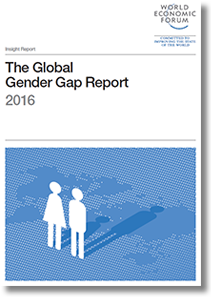The Global Gender Gap Report 2016
Through the Global Gender Gap Report, the World Economic Forum quantifies the magnitude of gender disparities and tracks their progress over time, with a specific focus on the relative gaps between women and men across four key areas: health, education, economy and politics.
The Global Gender Gap Report 2016 provides a comprehensive overview of the current state of the global gender gap and of efforts and insights to close it.
The Index points to potential role models by revealing those countries that - within their region or their income group - are leaders in having divided resources more equitably between women and men than other countries have, regardless of the overall level of resources available.
The Report’s detailed Country Profiles not only allow users to understand how close each country has come to the equality benchmark in each of the four dimensions examined by the Index, but also provide a snapshot of the legal and social framework within which these outcomes are produced.
The magnitude of gender gaps in countries around the world is the combined result of various socio-economic, policy and cultural variables.
The Global Gender Gap Index was developed in 2006 partially to address the need for a consistent and comprehensive measure for gender equality that can track a country’s progress over time.
The Index does not seek to set priorities for countries but rather to provide a comprehensive set of data and a clear method for tracking gaps on critical indicators so that countries may set priorities within their own economic, political and cultural contexts.
The Report continues to highlight the strong correlation between a country’s gender gap and its economic performance, and summarizes some of the latest research on the case for gender equality.
This year, we also introduced a deeper analysis of the relationship between broader human capital development and deployment and gender parity.
The Report highlights the message to policy-makers that countries that want to remain competitive and inclusive will need to make gender equality a critical part of their human capital development. In particular, learning between countries and public-private cooperation within countries will be critical elements of closing the gender gap.
We hope that the information contained in the Global Gender Gap Report series will serve as a basis for continued benchmarking by countries on their progress towards gender equality, help support the case for closing gender gaps and encourage further research on policies and practices that are effective at promoting change.
What’s Related
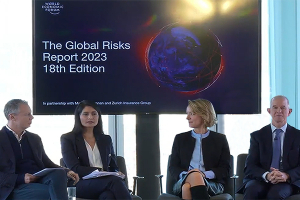
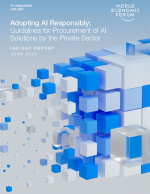
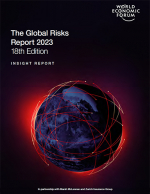
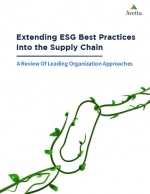
Favorites





